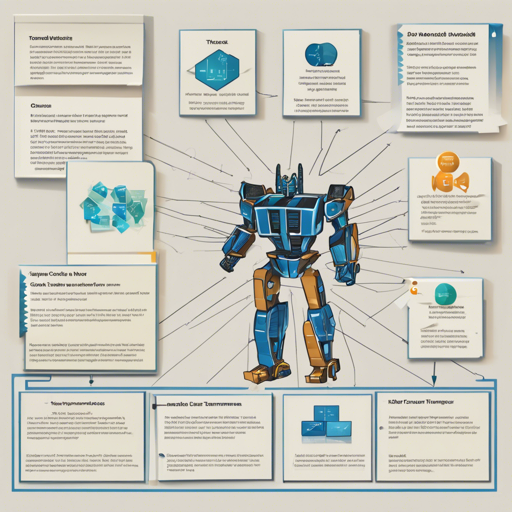A model card is an essential document that provides important information about a machine learning model. In this article, we will guide you through the process of creating a comprehensive model card for a transformer model. By the end, you will be equipped to articulate the model’s purpose, limitations, and potential uses effectively.
Model Overview
The first step in creating your model card is summarizing what your transformer model does. Think of the model card as a calling card for your model – it’s a quick introduction that tells potential users what they can expect.
Detailed Model Description
In this section, you’ll dig deeper. Imagine you are narrating a story about your model. Share its capabilities, its journey in training, and why it stands out. You can break down the details like:
- Developed by: Crediting its creators.
- Model type: Is it designed for language processing, classification, etc.?
- Languages: Specify which languages your model supports.
- License: Mention the licensing terms for usage.
Understanding Model Usage
Here, address how users are expected to interact with your model. This includes:
Direct Use
Explain how users can implement the model right away without further modifications. Think of it as handing over the keys to a car – your instructions should guide them on how to start driving immediately.
Downstream Use
This section is for those who want to expand the model’s functionality by fine-tuning it for specific tasks. Consider it as offering users a customizable platform where they can add their personal touches.
Out-of-Scope Use
It’s also vital to mention what the model is not designed to do. This helps avoid misunderstandings and potential misuse, much like telling users not to drive the car underwater!
Addressing Bias, Risks, and Limitations
Every model has its strengths and weaknesses. This section should reflect on the model’s limitations, both technical and social. Discuss any known biases or risks associated with the model to ensure users are fully informed.
Getting Started with the Model
Provide a code snippet for users who wish to try out the model. This part should be clear and concise, like providing a recipe with precise steps. An example may look like this:
import transformersTraining Details
Include details about how the model was trained, including the dataset used and any preprocessing steps. This helps users understand the foundation on which your model is built.
Evaluation Metrics
Evaluating the model’s effectiveness is crucial. Describe the metrics used for evaluation and any testing data that served as a benchmark. It’s like telling users how to measure the success of their driving skills after getting behind the wheel.
Environmental Impact
In today’s world, considering energy consumption and carbon emissions is vital. Discuss the environmental footprint of training the model, including CO2 emissions and electricity usage.
Technical Specifications
Finally, share the technical specifications that can give deeper insights into the model’s infrastructure. This could include hardware details, software requirements, and compute infrastructure.
Troubleshooting
If you run into issues while working with the model, here are some troubleshooting steps to consider:
- Check for compatibility with your current software version.
- Ensure that your hardware meets the recommended specifications.
- Review the error messages carefully; they often provide clues.
- Refer to the model’s official documentation or communities for additional support.
For more insights, updates, or to collaborate on AI development projects, stay connected with fxis.ai.
Final Thoughts
At fxis.ai, we believe that such advancements are crucial for the future of AI, as they enable more comprehensive and effective solutions. Our team is continually exploring new methodologies to push the envelope in artificial intelligence, ensuring that our clients benefit from the latest technological innovations.

